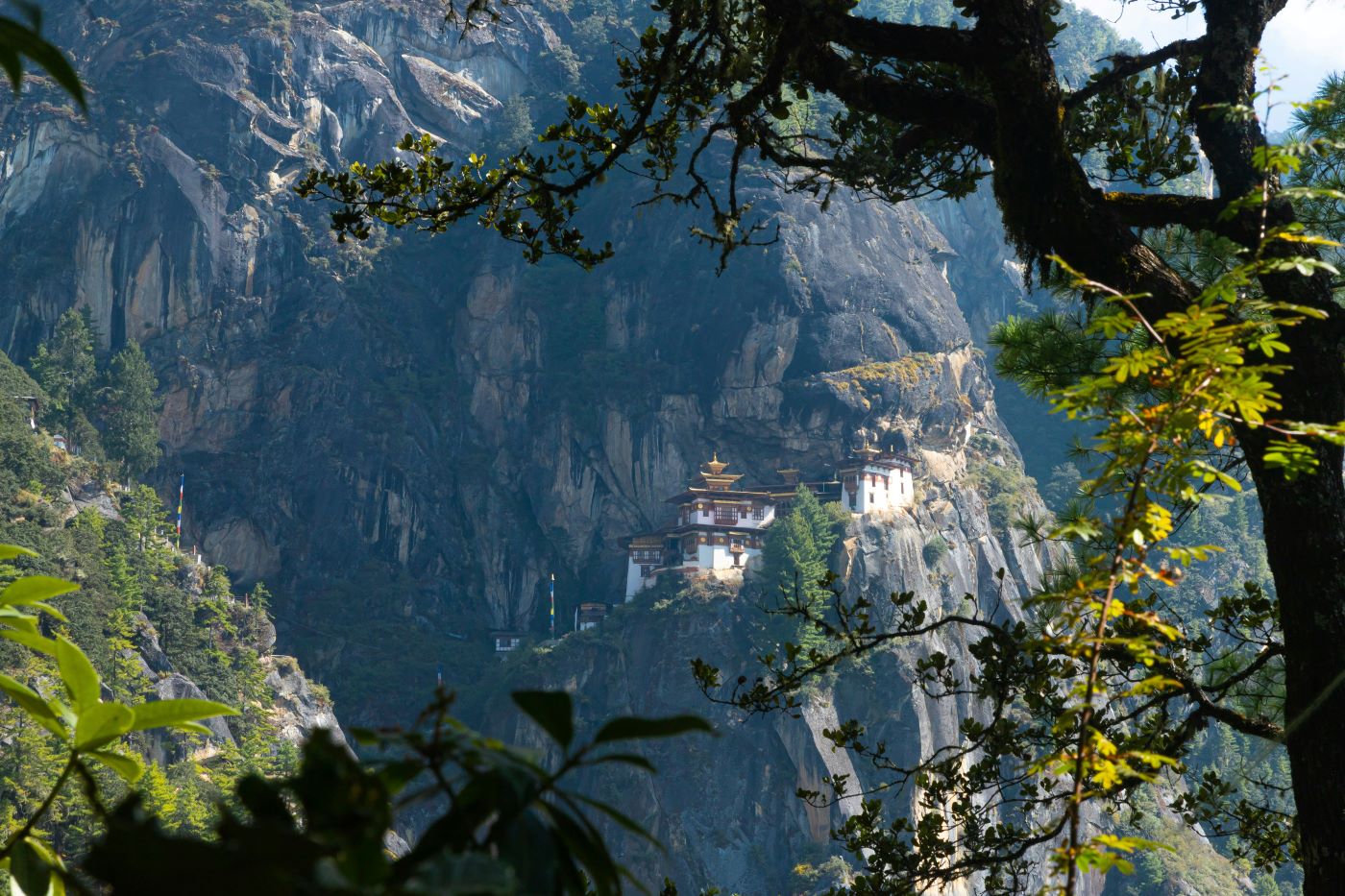Dawn at Koekohe Beach
The Pacific Ocean does not gently lap the shores of Otago; it arrives with the weight of a sledgehammer, driven by the fetch of thousands of miles of open water. Standing on Koekohe Beach in the pre-dawn gloom, the air is thick with the metallic tang of salt spray and the decay of bull kelp. It is cold—a biting, damp cold that seeps through modern layers of Gore-Tex just as it must have seeped through the flax cloaks of the ancestors.
As the sun begins to bleed a pale grey light over the horizon, shapes emerge from the dark surf. They do not look like natural formations. They look like geometric impossibilities. Scattered across the sand are massive, perfect spheres, clustered together in groups or standing in solitary confinement against the receding tide. In the half-light, they resemble the eggs of an alien leviathan, waiting for a signal to hatch, or perhaps the sleeping heads of buried giants.
This is the initial sensation of the Moeraki Boulders: geologic vertigo. It is the dizzying realization that you are standing before objects that defy the logic of the surrounding landscape. The beach is flat; the cliffs are crumbling clay; yet these boulders are hard, round, and seemingly engineered. To stand here is to feel small, not just in space, but in time. You are a momentary flicker of biology standing next to 60 million years of compressed chemistry. The soundscape is dominated by the roar of the ocean and the rattle of pebbles dragging over the stones—a rhythmic grinding that has been polishing these spheres since long before humanity migrated out of Africa.
The Landscape of Isolation: Otago’s Geologic Noir
The Otago coast operates on a frequency of isolation. This is not the tropical, golden-sanded New Zealand of tourism brochures. This is a landscape of "Geologic Noir"—a place of stark contrasts, deep shadows, and a pervasive sense of melancholy. The coastline here is restless. The land is constantly sliding into the sea, battered by the Roaring Forties winds.
The Moeraki Boulders sit on a stretch of coastline between Moeraki and Hampden, a place where the physical earth feels treacherous. The cliffs behind the beach are not majestic granite walls; they are soft, weeping mudstone, prone to slumping and collapsing. It is a violent, unstable environment. In this setting, the boulders appear possessed of a strange permanence. While the cliffs bleed mud into the ocean, the boulders endure, hard and unyielding.
This contrast creates an atmosphere of eerie stillness. Even when the beach is crowded with midday tourists, if you step away and look down the coastline, the sense of desolation returns. The boulders look less like geological curiosities and more like the debris of a catastrophe—a petrified graveyard washed up on the edge of the world.
The Legend of the Āraiteuru Waka
To understand the true weight of this site, one must look beyond the mineralogy and listen to the whakapapa (genealogy) of the land. For the local iwi (tribe), Kāi Tahu, these are not random geological anomalies. They are the sacred remnants of a disaster that is etched into the oral history of the South Island.
The legend speaks of the Āraiteuru, one of the great ancestral waka (canoes) that voyaged from the mythical homeland of Hawaiki. The Āraiteuru was a vessel of immense importance, carrying dignitaries and essential cargo to the new lands of Aotearoa. However, the voyage ended in tragedy. As the great canoe traveled down the eastern coast of the South Island, it was battered by treacherous seas.
At the mouth of the Shag River (Waihemo), the vessel foundered. The great canoe capsized, throwing its contents into the roiling surf. The tragedy was absolute. The crew, the passengers, and the precious supplies were lost to the cold waters of the Pacific. But in the Māori worldview, the land remembers. The tragedy was not erased by the tide; it was calcified.
The Petrified Cargo: Hīnaki and Kūmara
The physical appearance of the Moeraki Boulders is inextricably linked to this narrative. Walk among them, and you will see they are not all identical. Some are perfectly round; others are slightly ovoid; many have a distinct, net-like pattern etched across their surface.
According to the legend, the boulders are the petrified cargo of the Āraiteuru. The large, round stones are the hīnaki—the eel baskets intended to catch food for the new colony. The net-like cracks on the surface of the stones are the fossilized weave of the flax ropes that once bound the baskets. Other, smoother stones represent the great calabashes (gourds) used for holding water.
Even the fragments tell a story. The irregular, reddish shapes found further along the beach are said to be the petrified kūmara (sweet potato) that washed ashore. When you view the boulders through this lens, the beach transforms. It is no longer a geological site; it is the scene of a shipwreck. You are walking through the scattered luggage of ancestors who never made it home. The "basket" patterns on the rocks are not just mineral fractures; they are the ghosts of the technology that sustained the Polynesian voyagers.
Matakaea: The Captain Turned to Stone
The narrative of the Āraiteuru extends beyond the boulders themselves, anchoring the entire geography of the North Otago coast in myth. If you look south from Koekohe Beach, you can see the promontory of Shag Point, known to Māori as Matakaea.
This headland is the petrified hull of the Āraiteuru canoe itself, lying on its side where it was wrecked. The prominent reef that extends into the sea is the solidified body of the canoe’s captain, Hipo. He sits there eternally, his back to the land, gazing out over the waves that claimed his vessel.
This geographical storytelling transforms the coast into a map of memory. The boulders cannot be separated from the reef at Shag Point; they are part of the same tragic tableau. The land is not a passive backdrop; it is a monument to the ancestors. The "Geologic Noir" of the region is literally the hardened grief of a lost voyage.
Septarian Concretions: The Science of Slow Violence
If the legend of the Āraiteuru is a story of sudden, violent tragedy, the geological explanation is a story of excruciatingly slow violence. The Moeraki Boulders are known to science as septarian concretions.
To understand their formation, we must rewind the clock 60 million years to the Paleocene era. New Zealand was a different landmass then, largely submerged. The ground you now stand on was the bottom of a murky, prehistoric sea. The formation of these boulders did not happen in the open air; it happened in the suffocating dark of the seabed mud.
The process began with a nucleus—perhaps a shell fragment, a piece of bone, or a drift of wood. Around this organic center, calcium carbonate ($CaCO_3$) began to precipitate from the pore water in the mud. It was a chemical attraction, a slow-motion gathering of minerals. Over millions of years, this calcite cement radiated outward, binding the surrounding mud and silt into a spherical mass.
This was not a rapid event. It is estimated that a boulder two meters in diameter took between 4 to 5.5 million years to grow. They grew in the silence of the deep earth, pearlescent layers of cement hardening while the world above shifted, species evolved and went extinct, and the continents drifted.
The Alchemy of Mud and Calcite
The chemistry involved is a form of geological alchemy. The concretions formed within the "Moeraki Formation," a massive layer of mudstone. The key distinction is that the boulders were cemented harder than the mud surrounding them. While the seabed was compressed into soft mudstone, these spheres became as hard as concrete.
This differential hardening is the secret to their existence. They are time capsules of the Paleocene seafloor, preserved by calcite. When the land was eventually uplifted by tectonic forces to form the coast of New Zealand, the soft mudstone was exposed to the elements. Rain, wind, and waves began to erode the cliffs. The soft mud washed away, but the hard concretions remained.
The Turtle Shell Effect: Inside the Septaria
One of the most striking visual features of the boulders—and the one that lends so much weight to the "eel basket" legend—is the cracking. Many of the stones appear to be exploding from the inside out, or covered in a patchwork of scales resembling a turtle shell.
These are septaria (from the Latin septum, meaning partition). As the concretions hardened on the sea floor, the interior mud dried and shrank, causing the core to crack. These cracks radiated outward, creating voids inside the stone. Later, groundwater rich in minerals seeped into these cracks, depositing crystals of brown and yellow calcite.
The result is a spectacular visual contrast: the grey body of the mudstone cemented by veins of sparkling yellow crystal. When a boulder is split open by the ocean, it reveals this crystalline heart. It looks organic, almost fleshy, further reinforcing the eerie sense that these are biological entities rather than mere rocks. The "hatching" illusion is merely the result of the outer layers eroding faster than the calcite veins, leaving the "ribs" of the stone exposed.
The Bleeding Cliffs: A Perpetual Birth
The Moeraki Boulders are not a static exhibit; the site is an active geological conveyor belt. Turn your back to the ocean and face the cliffs. These crumbling walls of clay and mudstone are the womb from which the boulders are born.
If you observe the cliff face closely, you can see the outlines of new boulders protruding from the earth, still half-buried in the Paleocene mud. They are waiting. As the rain dissolves the cliffs and the ocean undercuts the bank, gravity eventually takes over. The boulders lose their support and crash down onto the beach.
This adds a layer of "Geologic Noir" to the experience. The beach is littered with the survivors of this fall, but it is also a place of destruction. Once on the beach, the ocean begins to attack them. You can see boulders in every stage of their lifecycle: the newly fallen giants, pristine and round; the cracked veterans, their septarian veins exposed; and the shattered remains of those that have finally succumbed to the waves, reduced to piles of rubble. It is a slow-motion cycle of birth, exposure, and disintegration.
Tactile Stone: A Sensory Inventory
To truly experience the boulders, you must engage more than just your eyes. The tactile experience of the Koekohe shoreline is distinct. The stones themselves are cold, holding the chill of the ocean long after the tide has receded.
Run your hand over the surface of a boulder low in the tidal zone. It is slick with green velvet algae, slippery and treacherous. Move to a boulder higher up the beach, and the texture changes. The grey mudstone is rough, like fine-grain sandpaper, warm where the sun has hit it. The yellow calcite veins feel different—smoother, almost glassy, cutting through the rougher matrix of the rock.
The acoustics of the beach are amplified by the stones. The waves do not just crash; they slap and gurgle around the spheres. The sound is hollower, creating a reverb that emphasizes the isolation. And permeating everything is the smell—the rich, umami scent of decomposing kelp, mixed with the sharpness of salt. It is the smell of a living ocean eating away at a dead land.
The Photographer’s Dilemma: Ancient Giants vs. Instagram
In the modern era, the Moeraki Boulders have fallen victim to their own photogenicity. They are an "Instagram Icon," a bucket-list item for the digital nomad. This creates a jarring dissonance. You stand before a 60-million-year-old formation, a sacred vessel of Māori history, and yet you are surrounded by the frantic energy of content creation.
There is a strange irony in watching a tourist in bright activewear climb atop a "petrified eel basket" to pose for a selfie. The solemnity of the Āraiteuru legend clashes with the narcissism of the digital age. The boulders, which have weathered the crushing pressure of the seabed and the violence of the tectonic uplift, are now subjected to the scuff of hiking boots and the indignity of being treated as mere props.
This is the photographer's dilemma: how to capture the ancient, sublime nature of the site without capturing the chaotic reality of its consumption. The best images—the ones that convey the "Geologic Noir"—are often lies of omission, cropping out the tour bus parked on the hill and the crowds clustering around the largest stones.
The Ethics of Interaction: Why We Do Not Climb
The dilemma leads to a necessary ethical consideration. While there are no fences at Koekohe Beach, there is a moral imperative to tread lightly. For Ngāi Tahu, this is a place of tapu (sacredness). These stones represent the sustenance of ancestors; standing on them is a form of cultural desecration.
From a preservation standpoint, the boulders are robust but not invincible. The friction of thousands of shoes accelerates the erosion of the outer crust. We are loving the boulders to death. The ethical visitor engages in a "look, don't climb" policy. Touch the stone, feel the cold weight of history, but do not mount it. Treat the site with the same reverence one would accord a war memorial or a cathedral. The boulders are not playground equipment; they are the elders of this landscape.
Tides and Timing: Planning the Encounter
The ocean dictates the terms of your visit. The Moeraki Boulders are intertidal; at high tide, the majority of the spheres disappear beneath the waves, leaving only the heads of the highest stones visible. To arrive at high tide is to miss the magnitude of the site.
The Golden Hour: The optimal time to visit is at low tide, specifically during sunrise or sunset. The low angle of the light casts long, dramatic shadows, emphasizing the spherical shape of the rocks and the texture of the sand. The crowds are also thinner at dawn.
Logistics: Check the local tide charts for Moeraki/Hampden before driving. The window of opportunity is roughly two hours on either side of low tide. This is when the "graveyard" is fully exposed, revealing the sheer number of stones scattered across the beach.
The Approach: The Path to the Graveyard
There are two ways to access the boulders, each offering a different psychological approach. The Department of Conservation (DOC) track offers a short, bush-lined walk that dumps you onto the beach, offering a sudden reveal.
Alternatively, the path from the private café on the cliff top involves a descent down a long wooden staircase. This approach offers a bird’s-eye view, allowing you to see the distribution of the boulders from above before you descend among them. From this height, the "hatching" metaphor is most potent. You can see the clusters, the solitary stragglers, and the broken shells clearly. It feels like descending into an excavation site.
Beyond Moeraki: The Wider Mythic Landscape
The Moeraki Boulders do not exist in a vacuum. The South Island is peppered with limestone and sandstone formations that evoke a similar sense of the mythic. Just inland, the Elephant Rocks near Duntroon offer a terrestrial counterpart—massive, weathered limestone formations standing in green paddocks like a herd of petrified beasts.
Further south, the Nugget Point rocks and the Cathedral Caves continue the theme of a landscape sculpted by violent geology and steeped in legend. This entire region of New Zealand feels porous to the past, a place where the veil between the geologic timeline and the human experience is exceptionally thin.
Conclusion: The Deep Time Witness
As you leave the beach, looking back one last time at the spheres silhouetted against the water, the feeling of "geologic vertigo" settles into a quiet reverence. The Moeraki Boulders are the ultimate witnesses.
They witnessed the Paleocene seas where ancient marine reptiles swam. They witnessed the uplift of the Southern Alps. They witnessed the arrival of the Āraiteuru and the tears of the survivors. They have witnessed the arrival of whalers, settlers, and now, the shutter-clicks of cameras.
Stone endures. Long after the current visitors have gone, and long after the legends have perhaps faded from human memory, the cliffs will continue to bleed, and new boulders will fall into the surf to begin their slow, grinding watch. They do not care for us, but they define us by their scale. They stand as sentinels of a history that demands respect, reminding us that we are merely guests on a timeline we can barely comprehend. The stones remember.
Sources & References
- Te Rūnanga o Ngāi Tahu: Ngāi Tahu Atlas - Cultural Mapping of Moeraki
- Department of Conservation NZ: Moeraki Boulders Scenic Reserve Information
- GNS Science: Geological Origins of the Moeraki Boulders
- University of Otago: Geology Department - Coastal Erosion and Concretions
- Te Ara - The Encyclopedia of New Zealand: Canterbury places - Moeraki Boulders
- Otago Daily Times: Ignoring rahui at Moeraki 'disrespectful'
- Tourism New Zealand: Visual Guide to the Waitaki District
- New Zealand Geographic: The hidden history of our rocks
- Science Learning Hub: Sedimentary Rocks and Fossils
- Waitaki Whitestone Geopark: Official UNESCO Global Geopark Site
- Stuff.co.nz: The science and myth of Moeraki
- Landcare Research NZ: Soil and Rock Characterization of Otago









